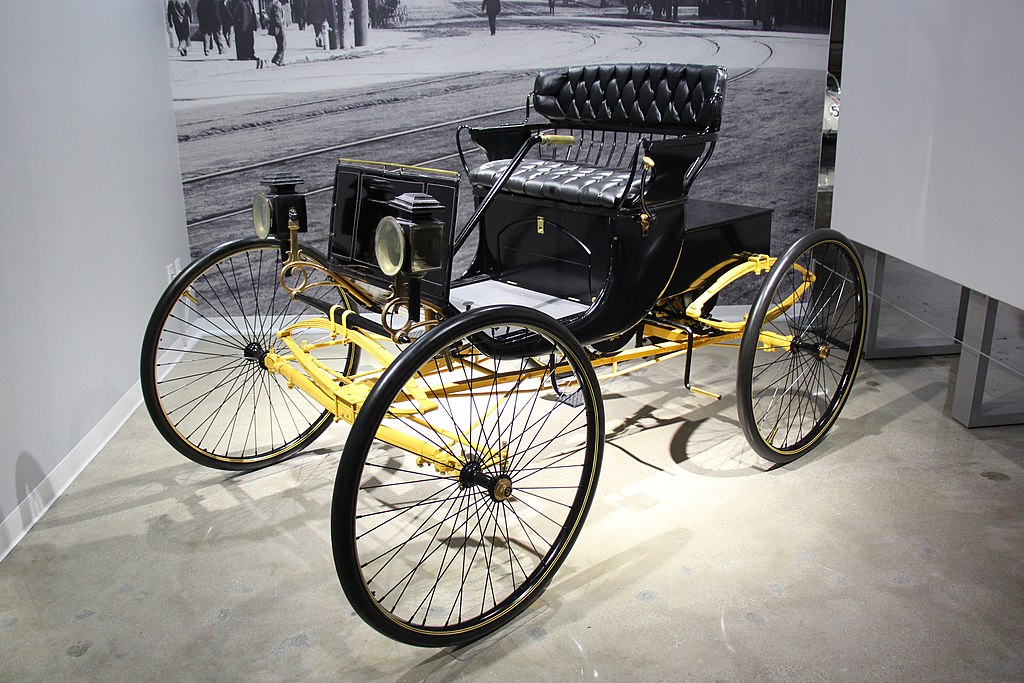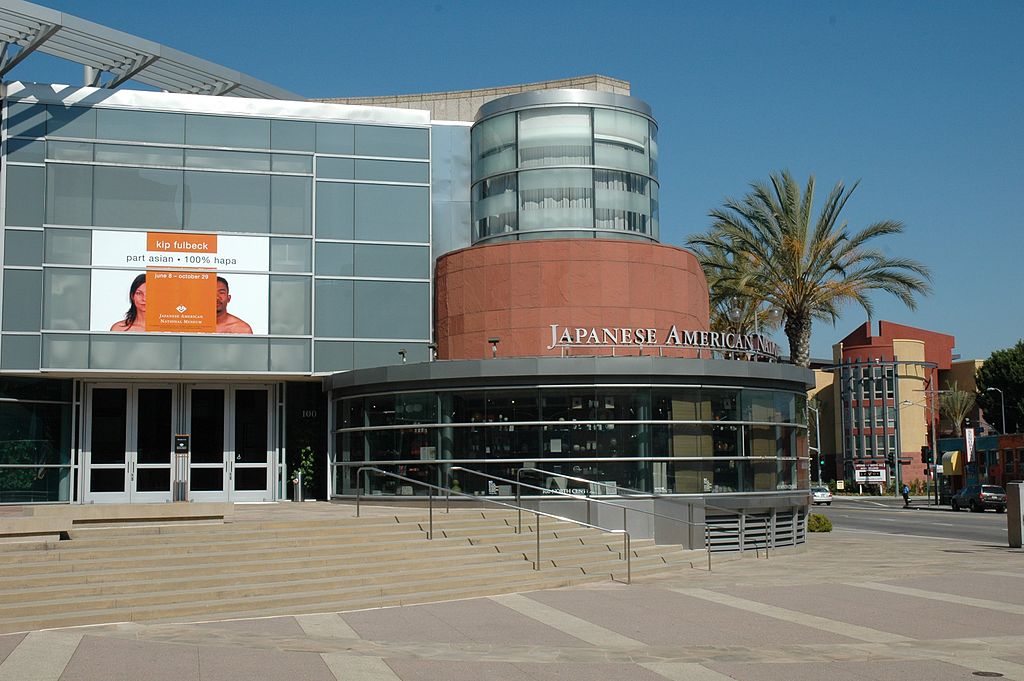
Theatrum Orbis Terrarum, which is Latin for “Theatre of the Orb of the World,” is considered to be the first real modern atlas. Compiled by Abraham Ortelius in 1570 in Antwerp, it consisted of a collection of uniform maps and supporting text bound to form a single book.
This atlas was the first time that the entirety of Western European knowledge of the world was brought together in one book.
Gilles Coppens de Diest from Antwerp was the original publisher, and copper printing plates were engraved explicitly for the atlas.
Ortelius’s Atlas consisted of a collection of the best maps, refined by himself, combined into one map or split across multiple pages of the same size. The atlas incorporated 53 charts from various cartography masters.
Previously, groupings of maps were only created for individual one-off orders. In the Ortelius atlas, however, the maps were standardized, all similar in style and size arranged logically by continent, region, and state.
In the bibliography, all the cartographers whose work was reprinted in the atlas were referenced and documented. This list of cartographer’s works incorporated in the atlas grew with every edition and included no less than 183 names in 1601.
After the initial publication of Theatrum Orbis Terrarum, Ortelius regularly revised and expanded the atlas.
From its original 70 maps and 87 bibliographic references in the first edition in 1570, the atlas grew through its 31 editions to encompass 183 references and 167 charts in 1612.

An engraved map and colored by hand from Ortelius’s atlas Teatrum Orbis Terarum, Antwerp, 1570
The title page had allegorical images with the five known continents presented by symbolic women, with Europe as the Queen.
The moneyed classes which had an interest in knowledge and science became significant consumers of the convenient size and comprehensive knowledge of Ortelius’s Atlas.
The commercial success of the atlas prompted the Ortelius Theatrum to expand and improve the atlas continually.
In addition to the initial Latin version, Dutch, German and French editions were later published. By the time of Ortelius’ death in 1598, there were twenty-five editions that had appeared in seven different languages.
The publication of this book of maps is considered as marking the official beginning of the Golden Age of Netherlandish cartography, which lasted for about one hundred years.
Originals of Ortelius’s maps are popular collectors’ items and often sell for tens of thousands of dollars. Facsimiles of his maps are also available from many specialized map retailers.

Title Page of 1606 edition, with female figures representing the continents
Theatrum Orbis Terrarum
- Title: Theatrum Orbis Terrarum (Latin)
- English: Theatre of the Orb of the World
- Dated: 1570
- Writing: Latin
- Period: Golden Age of Netherlandish cartography
- Author Abraham Ortelius
- Publisher: Gilles Coppens de Diest
- Type: Ancient and Historical Maps
- Museum: British Library
Golden Age of Netherlandish Cartography
The Dutch dominated commercial cartography during the seventeenth century through their publicly traded companies such as the Dutch East India Company (VOC) and the Dutch West India Company (WIC) and the competing privately held map-making firms.
Maps were used as propaganda tools by the Dutch Companies to encourage the commodification of land and for their commercial agenda.
During the Age of Discovery, with their expertise in business, cartography, shipbuilding, seafaring, and navigation, the Dutch traveled to the far corners of the world.
In the 16th and 17th centuries, Dutch-speaking cartographers helped lay the foundations for the birth and development of modern cartography, including nautical cartography and stellar cartography.
The Dutch-speaking people came to dominate the map making and map printing industry by their travels, trade ventures, and widespread commercial networks.
As Dutch ships reached into the unknown corners of the globe, Dutch cartographers incorporated discoveries into their work and published it, so the maps multiplied freely and improved.
The Dutch were the first non-natives to discover, explore, and map many unknown isolated areas of the world such as Australia, New Zealand, Tonga, and Easter Island.

The first printed map of the Pacific, showing the Americas for the first time. Maris Pacifici by Abraham Ortelius, 1589
Abraham Ortelius
Abraham Ortelius (1527 – 1598) was a cartographer and geographer recognized as the creator of the first modern atlas, the Theatrum Orbis Terrarum (Theatre of the World).
Ortelius is often considered one of the founders of the Netherlandish school of cartography and one of the most notable figures of the school in its golden age (1570s–1670s).
He is also the first person to imagine that the continents were joined before drifting to their present positions.
Abraham Ortelius
- Name: Abraham Ortelius
- Born: 1527, Antwerp, Habsburg Netherlands
- Died: 1598 (aged 71), Antwerp, Spanish Netherlands
- Nationality: Brabantian
- Occupation: Geographer, Cartographer
Virtual Tour of Famous Maps
- Jacques-Nicolas Bellin Map of the Straits of Malacca
- Abraham Ortelius Map of Southeast Asia
- Meto Navigation Chart
- Stick Chart for Sea Navigation
- Ptolemy’s View of the Solar System
- Piri Reis Map
- Babylonian Map of the World – Imago Mundi
- Ancient and Historical Maps
- Theatrum Orbis Terrarum
Abraham Ortelius (1527-1598)
Virtual Tour of Prehistoric Art and Ancient Artifacts
- Ain Sakhri Lovers
- Wolverine Pendant of Les Eyzies – Prehistoric Portable Art
- Antler Perforated Baton – Paleolithic Portable Art
- Venus of Brassempouy
- Head of a Cycladic Statue, Keros-Syros Culture
- Stargazer – Sculpture of a Female Figure
- Stargazer Figurine
- Dancing Girl (Mohenjo-Daro) from the Indus Valley Civilization
- Prehistoric Stone Hand Axe
- Great Handaxe from Furze Platt
- Clovis Weapons and Tools
- Neolithic Chinese Painted Pottery
- Korean Neolithic Pot
- Neolithic Pottery from Ban Chiang
- Li – Chinese Tripod Jar
- Comb-Pattern Pottery
- Phaistos Disc
- Sican Funerary Mask – Peru
- Greenstone Mask, Central America
- Australian Aboriginal Rock Art – Bradshaw Rock Paintings
- Indigenous Australian Rock Art – Wandjina Style
How did the Dutch create a colonial empire?
Ortelius Map of the World, 1571
Virtual Tour of Important Historical Artifacts
- Prehistoric Stone Hand Axe – 2.6 Million Years Ago
- Narmer Palette – 3,100 BC
- The Stargazer (Statuette of a Woman) – 3000 BC
- Neolithic Painted Pottery – 2,500 BC
- Dancing Girl (Mohenjo-Daro) – 2,500 BC
- Li – Chinese Tripod Jar – 2,300 BC
- Treasure from Troy – 2,200 BC
- Gudea, Prince of Lagash – 2,120 BC
- Law Code of Hammurabi – 1,750 BC
- Nebra Sky Disk – 1600 BC
- Mask of Agamemnon – 1,500 BC
- The Sphinx of Hatshepsut – 1,470 BC
- Tutankhamun’s Mask – 1,323 BC
- Mummy of Katebet – 1,300 BC
- Book of the Dead – Papyrus of Ani and Hunefe – 1,250 BC
- Avanton Gold Cone – 1250 BC
- Relief of a Winged Genie – 880 BC
- Siloam Inscription – 700 BC
- The Lion Hunt – 640 BC
- Babylonian Map of the World Tablet – 550 BC
- Ishtar Gate – 575 BC
- The Curse of the Tabnit Sarcophagus – 500 BC
- Kleroterion – 470 BC
- The Parthenon Marbles – 440 BC
- The Alexander Sarcophagus – 300 BC
- The Winged Victory of Samothrace – 200 BC
- The Rosetta Stone – 196 BC
- The Pergamon Altar – 150 BC
- Antikythera Mechanism – 100 BC
- The Temple of Dendur – 10 AD
- James Ossuary – 1st-century
- Lindow Man – 2 BC and 119 AD
When The Dutch Ruled The World: Rise and Fall of the Dutch East India Company
Why did the Dutch Empire Collapse?
~~~
“You can’t use an old map to explore a new world.”
– Albert Einstein
~~~
Photo Credit: 1)Abraham Ortelius / Public domain
Top Posts & Pages








 Sponsor your Favorite Page
Sponsor your Favorite Page SEARCH Search for: Search Follow UsJoin – The JOM Membership Program
Become a Patron!
Sponsor a Masterpiece with YOUR NAME CHOICE for $5
Share this:
- Tweet
